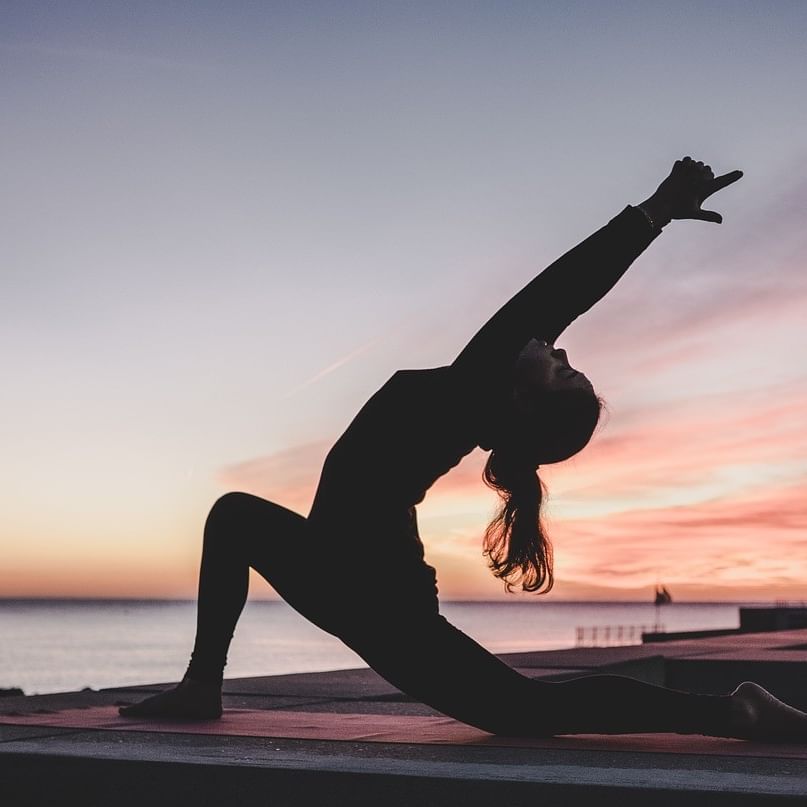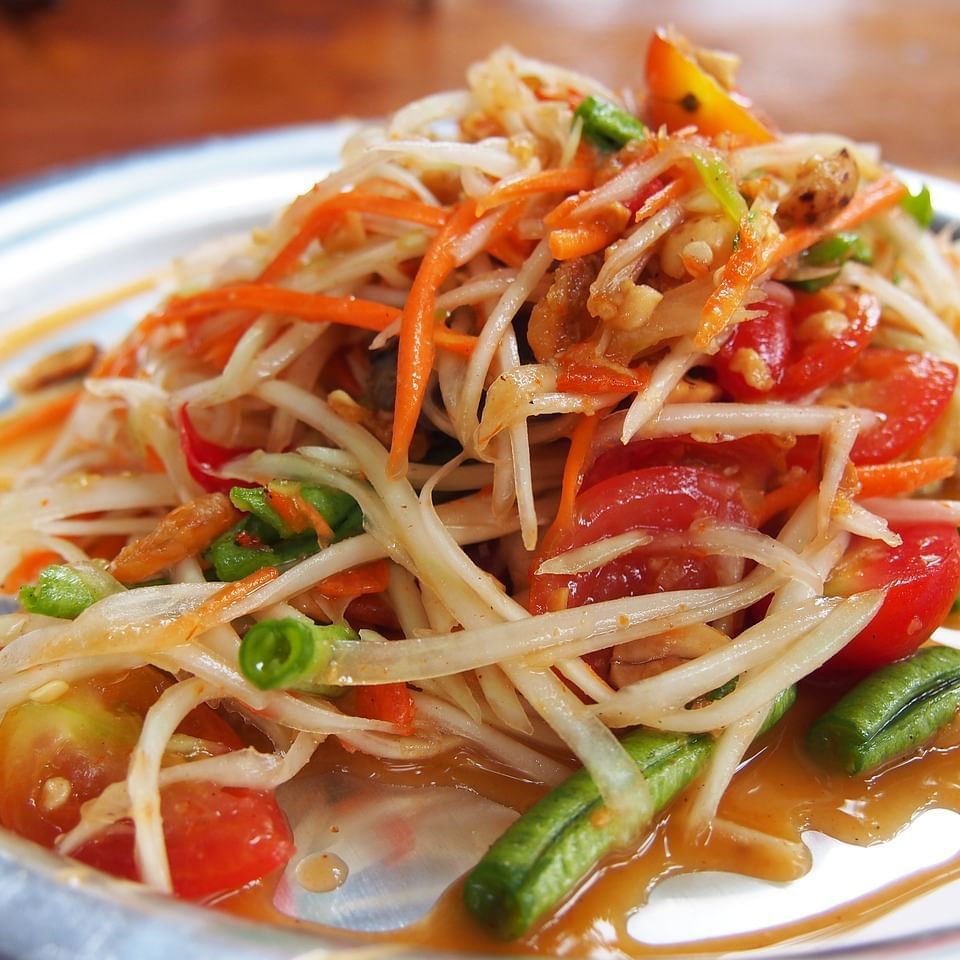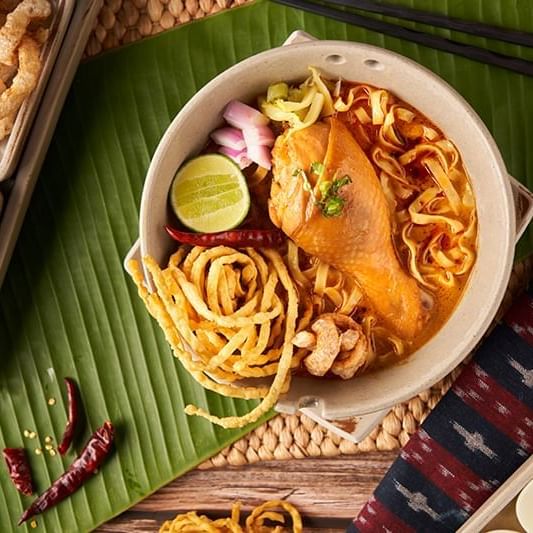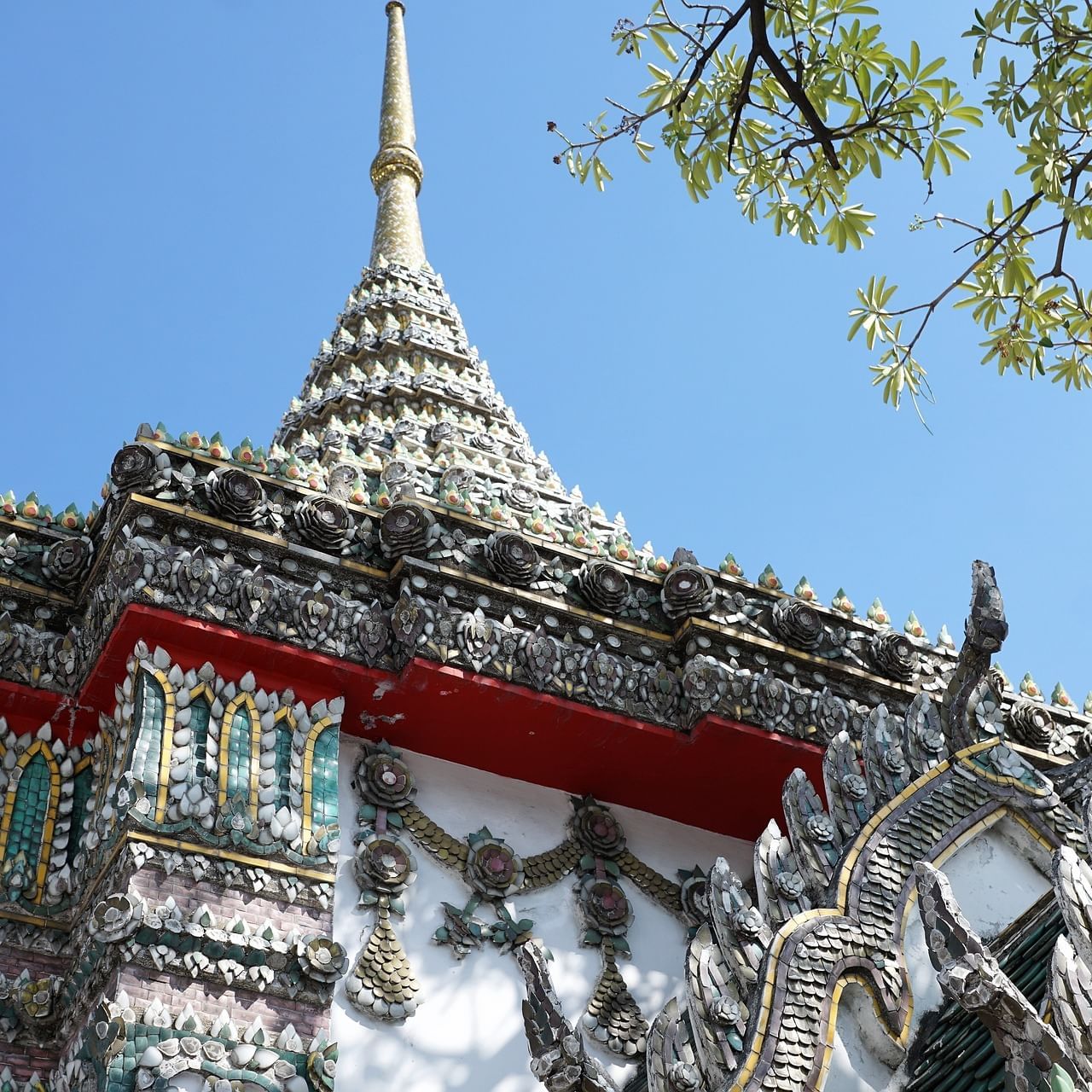
Why Thailand is Asia’s Top Wellness Destination in 2025
In 2025, Thailand stands tall as Asia’s top wellness destination, drawing travelers from around the world with its unique blend of ancient healing practices, modern wellness facilities, and stunning natural beauty. Whether you’re seeking relaxation, rejuvenation, or transformative personal growth, Thailand’s wellness retreats offer something for everyone.
1. A Perfect Balance of Tradition and Modern Wellness
Thailand’s wellness tourism thrives on its seamless fusion of traditional therapies and advanced medical services.
Ancient Healing Practices: Thailand is globally renowned for its traditional practices, including Thai massage, herbal medicine, and meditation retreats, which are deeply rooted in centuries-old traditions.
World-Class Medical Facilities: The country also boasts internationally accredited hospitals and wellness clinics, equipped with the latest technology and expert healthcare professionals.
Holistic Wellness Programs: Wellness retreats in Thailand go beyond spa treatments, offering holistic programs that nurture body, mind, and soul.
2. Reconnect with Nature in Thailand’s Beautiful Landscapes
One of the key reasons why wellness travel in Thailand is so popular is the country’s breathtaking natural settings.
Diverse Destinations: From the tropical beaches of Phuket and Koh Samui to the lush jungles of Chiang Mai and the serene mountains of Northern Thailand, every landscape offers a different way to unwind.
Tranquil Wellness Retreats: Many luxury wellness resorts in Thailand are nestled in serene environments, allowing you to disconnect from stress and reconnect with nature.
3. Strong Government Support for Wellness Tourism
Strategic government initiatives back Thailand’s rise as a global wellness hub.
A National Focus on Wellness: The Thai government prioritises wellness tourism, especially targeting premium travellers and long-stay guests.
Continued Investment: There’s ongoing investment in wellness infrastructure, from world-class resorts to innovative health centres.
Global Promotions: Organisations like the Tourism Authority of Thailand (TAT) actively promote Thailand’s wellness experiences through international campaigns and events.
4. Wellness Options for Every Type of Traveller
Whether you’re a high-end traveller or a wellness enthusiast on a budget, Thailand’s wellness industry caters to a broad audience.
Luxury Wellness Journeys: Thailand offers bespoke wellness experiences, luxury spa resorts, and private healing retreats for those seeking exclusivity.
Diverse Wellness Goals: From detox retreats, yoga getaways, and spiritual journeys to medical wellness programs and post-surgery recovery, Thailand fulfils every wellness need.
Why Thailand Should Be Your Next Wellness Destination
If you’re searching for a destination that combines traditional healing, modern healthcare, natural beauty, and top-tier wellness facilities, look no further than Thailand. With its world-class wellness retreats, holistic programs, and strong government support, Thailand remains a global leader in wellness tourism for 2025 and beyond.

Heritage & Street Arts in Thailand
Heritage and street art walking tours in Thailand offer a fascinating way to explore the rich cultural heritage, historical sites, and vibrant street art scenes in different cities. Here are some details about these walking tours, which you can easily find while visiting the country.
Heritage Walking Tour:
Bangkok: Explore the historic district of Rattanakosin, which houses landmarks such as the Grand Palace, Wat Pho, and Wat Arun. Stroll through the narrow alleys of Banglamphu, known for its charming atmosphere and street food.
Chiang Mai: Discover the ancient city's temples, including Wat Phra Singh and Wat Chedi Luang. Walk along the moat and explore the lively markets.
Ayutthaya: Visit the UNESCO World Heritage Site and explore the ancient ruins of temples and palaces. The island city is rich in history and offers a glimpse into Thailand's past.
Phuket (Old Town): Experience the blend of colonial and Chinese architecture in Phuket Old Town. Visit museums, shrines, and vibrant markets.
Highlights:
- Historical landmarks, temples, and palaces
- Local markets and traditional crafts
- Cultural performances and traditional art forms
- Knowledgeable guides providing historical context
Street Art Walking Tour:
Bangkok (Thonburi district, Chatuchak): Explore neighbourhoods like Bangrak and Chatuchak, where street art has flourished. Talented local and international artists have contributed to the vibrant murals.
Chiang Mai (Nimmanhaemin Road): Nimmanhaemin, or Nimman Road, is known for its trendy atmosphere and colourful street art. Explore the alleys and discover unique pieces.
Phuket (Old Town): Phuket Old Town is rich in heritage and features impressive street art. The murals often depict local culture and stories.
Highlights:
- Murals, graffiti, and installations by local and international artists
- Interaction with the artistic community
- Insight into the stories behind street art
- Fusion of traditional Thai elements with contemporary urban art
Both heritage and street art walking tours offer unique perspectives on Thailand's culture, blending tradition and modern expression in a captivating way. Consider guided tours for a more in-depth experience, or explore independently for a more spontaneous adventure. You can find out more information from our host at the hotel.

Som Tum
Som tum is a popular dish from Thailand that consists of a spicy and tangy salad made with green papaya. The dish is known for its complex flavours and textures, and it has become a staple of Thai cuisine in Thailand and worldwide.
The origins of som tum can be traced back to the northeastern region of Thailand, also known as Isan. This region is known for its distinctive cuisine, bold flavours and fresh ingredients.
Som tum is believed to have originated among the Lao people who lived in Isan. It was later adopted by the Thai people living in the region. The dish quickly became popular throughout Thailand and is now considered one of the country's national dishes.
Traditionally, som tum is made with shredded green papaya, chilli peppers, garlic, fish sauce, lime juice, and palm sugar. Other ingredients, such as tomatoes, green beans, and peanuts, can also be added. The ingredients are mixed together in a mortar and pestle, which helps to release the flavours and textures of the ingredients.
Today, som tum can be found in Thai restaurants worldwide. It has also been adapted to suit different tastes and dietary requirements. However, the traditional version of som tum remains a beloved and iconic dish in Thailand. It continues to be an essential part of the country's culinary heritage.

Khao Soi
Try a new cuisine: If you always stick to the same type of food, switch it up by trying new cuisine. Whether it's Thai, Indian, Ethiopian or Korean, there are many delicious flavours and ingredients to explore. One dish that we would like to recommend while you are in Thailand is 'Khao Soi'. Khao Soi is a popular noodle dish from northern Thailand, especially in Chiang Mai province. The origins of khao soi are not entirely clear, but it is believed to have Burmese and/or Chinese influences.
Some historians believe that khao soi originated in Myanmar and was brought to Thailand by Chinese immigrants. The dish may have been adapted to include local ingredients and flavours over time. Khao soi is traditionally made with egg noodles and a curry broth made from coconut milk, curry paste, and a blend of spices. It is typically served with chicken or beef and garnished with crispy fried noodles, pickled cabbage, red onion, lime, and fresh herbs.
Today, khao soi is a popular street food in northern Thailand, served in many Thai restaurants worldwide and at our U Hotels & Resorts restaurants. It has become a beloved dish synonymous with north Thailand's culture and cuisine.

Biking in Bangkok
Biking in Bangkok can be a fun and exciting way to explore the city and experience its vibrant culture. Here are some suggestions for a bike adventure in Bangkok.
Lumpini Park: This large park in the heart of Bangkok offers a serene oasis amid the bustling city. There are several bike paths to explore and beautiful gardens, lakes, and sculptures.
Chinatown: Bangkok's Chinatown is a vibrant and colourful district filled with markets, temples, and delicious street food. Rent a bike and explore the narrow alleyways and bustling streets.
Bangkok's canals: Bangkok was once known as the "Venice of the East" due to its intricate network of canals. Take a bike tour, explore the canals known as Klongs, and discover the hidden neighbourhoods and markets along the waterways.
Bang Krachao: This lush green island across the Chao Phraya River from central Bangkok is a hidden gem and a perfect destination for a bike adventure. Explore the quiet roads and bike paths, visit local temples, and enjoy the peaceful atmosphere away from the hustle and bustle of the city.
The Old City: The historic Old City is home to many of Bangkok's most famous temples and landmarks, including the Grand Palace and Wat Phra Kaew. Rent a bike and explore this fascinating district's narrow streets and alleyways.
You can also ask our host at the hotel for more information about the interested route to take or help arrange an excursion tour for you.

Thailand Architectural Attractions
Thailand is rich in history and culture, and its architecture reflects this diversity. Here are some of the top architectural attractions to visit in Thailand:
Grand Palace and Wat Phra Kaew: Located in the heart of Bangkok, the Grand Palace and Wat Phra Kaew are two of Thailand's most iconic architectural attractions. The complex features intricate carvings, gold-plated structures, and beautiful gardens.
Wat Arun: Also known as the Temple of Dawn, Wat Arun is located on Bangkok's west bank of the Chao Phraya River. Its stunning Khmer-style spires are decorated with colourful glass and Chinese porcelain. The temple is magnificent when illuminated at night.
Wat Phra That Doi Suthep: This temple is located on a hill overlooking Chiang Mai and is one of northern Thailand's most important religious sites. The temple's gold-plated chedi is a stunning example of Lanna-style architecture.
Jim Thompson House: This traditional Thai-style teak house in Bangkok was the home of American entrepreneur and art collector Jim Thompson. Today, it is a museum that showcases traditional Thai architecture and art.
Ancient City (Muang Boran): Located in Samut Prakan province just outside of Bangkok, the Ancient City is a massive park with replicas of Thailand's most famous landmarks and historical buildings. It's a great way to see the country's diverse architecture and learn about its history.
These are just a few of the many architectural attractions to explore in Thailand. Whether you're interested in traditional Thai architecture or more modern designs, Thailand has something for everyone.